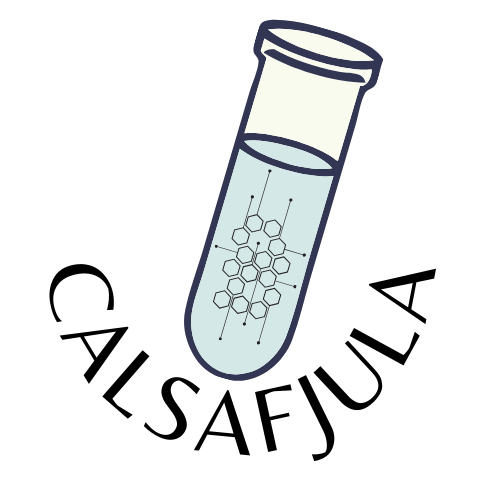FOCUS to Diagnose and Prioritize R&D Bottlenecks
5 Minute Read

🚨 Every month of delay in an R&D project can mean millions lost in revenue. But most STEM companies struggle to diagnose root causes of slow hiring, budget overruns, and innovation bottlenecks—leading to costly inefficiencies.
The solution? A structured problem-solving approach: F.O.C.U.S. This system helps STEM leaders pinpoint critical issues, analyze root causes, and prioritize high-impact solutions efficiently.
F.O.C.U.S. – A Step-by-Step Framework for STEM Challenges
1. Frame the Problem (Clearly Define the Challenge)
Why It Matters:
Vague problems lead to
vague solutions. To solve issues effectively, problems must be:
✅ Quantifiable
✅ Time-bound
✅ Tied to a measurable impact
📌 Example: “Phase 3 trial enrollment is 5 months behind schedule, risking $2.3M/month in delays.”
2. Observe Symptoms (What Are the Visible Consequences?)
📌 Symptoms to Watch For:
- Missed deadlines
- Budget overruns
- Talent attrition
📌 Example: “30% turnover in clinical ops teams causing protocol deviations.”
💡 Why This Step Matters: Early detection allows leaders to spot patterns before they escalate into full-blown crises.
3. Collect Data (Find the Right Metrics to Analyze the Problem)
📌 Key Data Points:
- Time-to-hire (Is slow hiring impacting project timelines?)
- Budget deviations (Are certain teams consistently exceeding their budgets?)
- Operational inefficiencies (Where are the biggest workflow gaps?)
📌 Example: “Time-to-hire for AI engineers: 90 days (industry avg. 45).”
💡 Data-driven decision-making ensures solutions are based on facts, not assumptions.
4. Understand Root Causes Using the D.I.G. System
Sub-System: D.I.G. (Define, Investigate, Ground in Data)
🔹
Define Hypotheses
📌 Example: “Talent gaps stem from poor employer branding.”
🔹 Investigate with the 5 Whys:
❓
Why? → Slow hiring.
❓
Why? → Few qualified applicants.
❓
Why? → Lack of outreach in AI/ML communities.
❓
Why? → No structured hiring campaigns.
❓
Why? → No partnerships with AI academic institutions.
🔹 Ground in Data
📌 Example: "LinkedIn analytics show low engagement on job postings, confirming lack of visibility.”
💡 This method eliminates guesswork and ensures solutions are backed by solid data.
5. Synthesize Insights & Prioritize with a 2x2 Matrix
Impact vs. Urgency Matrix
✅
High Impact/High Urgency: Address immediately.
✅
High Impact/Low Urgency: Plan strategically.
✅
Low Impact/High Urgency: Delegate or automate.
✅
Low Impact/Low Urgency: Ignore or postpone.
💡 Prioritizing issues prevents companies from wasting resources on minor problems.
Why F.O.C.U.S. Works: Data-Driven Problem-Solving in STEM
🔹
Shortens project delays by diagnosing bottlenecks faster
🔹
Increases investor confidence with clear problem-resolution strategies
🔹
Reduces budget waste by aligning efforts to high-impact solutions
🔹
Improves talent retention by addressing root causes of turnover
STEM Innovation Demands a Systematic Approach
🚀
The difference between slow, expensive R&D and efficient, high-impact innovation?
A
structured, data-driven framework like F.O.C.U.S.
🔹 Want to implement F.O.C.U.S. to remove bottlenecks in your STEM projects? I specialize in structuring workflows that drive faster results, lower costs, and higher investor confidence.
📩 Contact me at casim@calsafjula.com to schedule a meeting.









